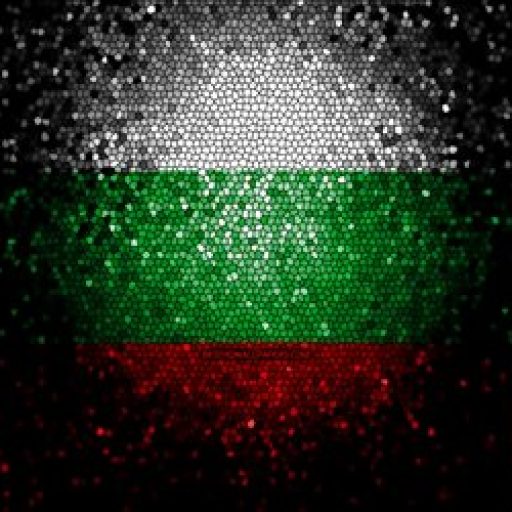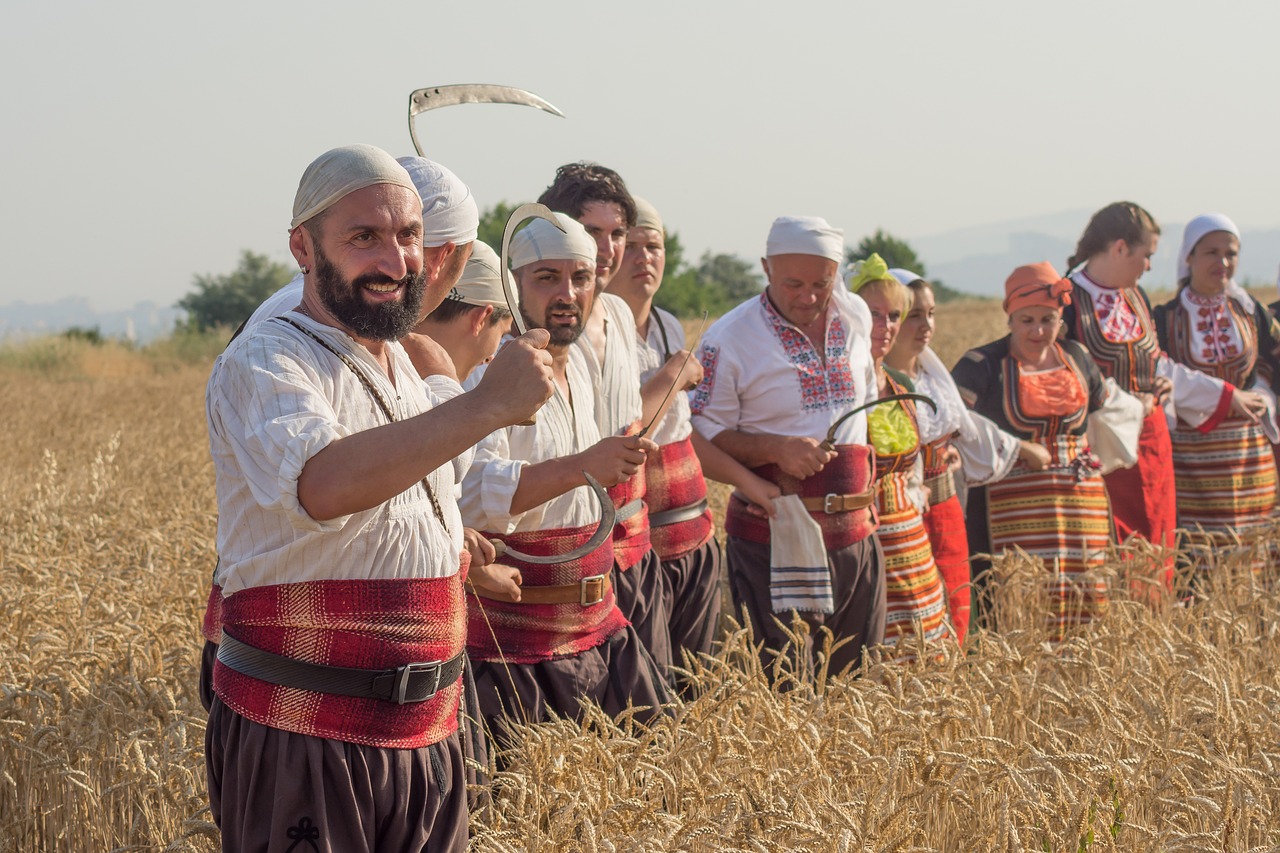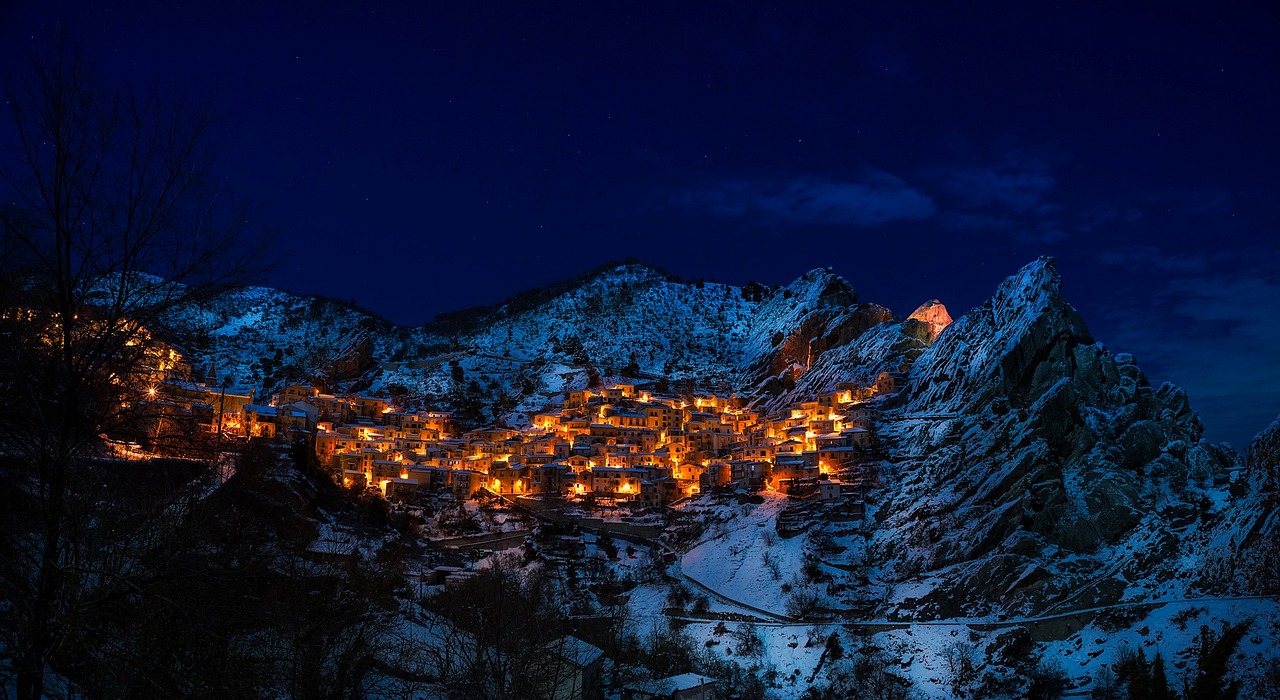The Burgas Archeological Museum, situated in the former girls school in Burgas, Bulgaria, is a remarkable repository of ancient artifacts. This captivating museum offers visitors an immersive journey through various historical epochs, spanning from prehistoric settlements to the Roman Empire. With its three exhibition halls, the museum presents a diverse range of captivating artifacts that provide invaluable insights into the region’s rich past. From stone anchors discovered in a submerged Bronze Age city in Burgas Bay to bronze ingots indicating trade relations between Minoans and Thracians, the museum showcases a plethora of treasures. Notable highlights include a statue of Apollo from the ancient settlement of Antiy and a treasure from a Thracian tomb near Pomorie, featuring golden earrings and ritual earthenware figures. Additionally, the museum offers an outdoor exhibit, featuring a faithful reconstruction of a Thracian tomb from the 13th century BCE. Visitors seeking further exploration will find the museum’s tourist information centers and recommendations for nearby attractions, ensuring a fulfilling and enlightening experience.
Key Takeaways
- The Burgas Archeological Museum is located in the former girls school built in 1894, at 21 Aleko Bogorodi Boulevard, Burgas.
- The museum displays artifacts from various time periods, including the Neolithic Age, Stone Age, Bronze Age, ancient Thracian city, Greek colonization, and the Roman Empire.
- Notable artifacts include stone anchors from a sunken Bronze Age city in Burgas Bay, bronze ingots near Cherkovo indicating trade relations between Minoans and Thracians, a statue of Apollo from the ancient settlement of Antiy, and a treasure from a Thracian tomb near Pomorie featuring golden earrings and ritual earthenware figures.
- The museum also has a unique outdoor exhibit, a reconstruction of a Thracian tomb from the 13th century BCE, as well as marble stellae from gravesites in Burgas dating from the 17th to 20th centuries.
Location and Opening Hours
The Burgas Archeological Museum is located at 21 Aleko Bogorodi Boulevard in Burgas and is housed in a former girls school built in 1894. The museum is open from 10.00 am to 19.00 pm in June to September and from 9.00 am to 17.00 pm from October to May, Tuesday to Saturday. The museum provides various visitor amenities, including a virtual map and photos, informative materials, and souvenirs for purchase. The historical significance of the museum lies in its extensive collection of artifacts from various time periods, ranging from the Neolithic Age to the Roman Empire. Notable exhibits include stone anchors from a sunken Bronze Age city in Burgas Bay, bronze ingots indicating trade relations between Minoans and Thracians, and a statue of Apollo from the ancient settlement of Antiy. The museum also showcases Thracian cultic practices during Roman rule in Thrace and a treasure from a Thracian tomb near Pomorie, consisting of golden earrings and ritual earthenware figures. Additionally, the outdoor exhibit features a unique reconstruction of a 13th-century BCE Thracian tomb.
Artifacts and Exhibitions
Artifacts and exhibitions showcased at the Burgas Archeological Museum include a wide range of historical periods, such as prehistoric settlements, ancient Thracian cities, Greek colonization, and the Roman Empire. The museum provides a comprehensive view of the region’s rich history. Notable Bronze Age discoveries include stone anchors of varying sizes from a sunken Bronze Age city in Burgas Bay, as well as bronze ingots near Cherkovo, indicating trade relations between the Minoans and Thracians. The museum also houses the statue of Apollo from the ancient settlement of Antiy. Additionally, the third exhibition hall focuses on Thracian cultic practices during Roman rule in Thrace. A treasure from a Thracian tomb near Pomorie, containing golden earrings and ritual earthenware figures, is on display. Visitors can also explore coins, pottery, and ornaments from the ancient city of Deltum. As an outdoor exhibit, the museum offers a unique reconstruction of a Thracian tomb from the 13th century BCE. Lastly, marble stellae from gravesites in Burgas from the 17th to 20th centuries provide further insight into the region’s history.
Recommended Attractions
One fascinating attraction in the area is the Irakli – Preserved Area, which offers visitors the opportunity to explore a pristine natural environment encompassing 1280 hectares of land and 1500 hectares of sea. This area is home to several archaeological sites and historical landmarks, making it an ideal destination for history enthusiasts. The Irakli – Preserved Area is known for its rich cultural heritage, with ancient ruins and artifacts scattered throughout the landscape. Visitors can explore the remains of ancient settlements, including Thracian tombs and Roman villas, providing insights into the region’s past. Additionally, the area boasts stunning natural beauty, with picturesque beaches, cliffs, and forests, making it a perfect destination for nature lovers. Exploring the Irakli – Preserved Area allows visitors to immerse themselves in both the history and natural splendor of the region.
Frequently Asked Questions
How many artifacts are currently on display at the Burgas Archeological Museum?
The Burgas Archeological Museum currently displays a significant number of artifacts, although the specific number is not provided. These archaeological discoveries hold historical significance and are preserved as part of the museum’s efforts to showcase ancient treasures.
Can visitors take photographs inside the museum?
The photography policy at the Burgas Archeological Museum allows visitors to take photographs inside. However, it is important to respect the historical significance of the artifacts and follow any guidelines provided by the museum to ensure their preservation.
Are there any interactive exhibits or activities for children at the museum?
The Burgas Archeological Museum offers interactive exhibits and educational activities for children. These activities aim to engage children in learning about various time periods, including prehistoric settlement, ancient Thracian city, Greek colonization, and the Roman Empire.
Is there a café or restaurant on-site for visitors to grab a bite to eat?
The Burgas Archeological Museum does not have a café or restaurant on-site. However, there are several nearby restaurants and cafes in the area where visitors can grab a bite to eat.
Are there any guided tours available at the Burgas Archeological Museum?
Guided tours are available at the Burgas Archeological Museum, offering visitors the opportunity to delve deeper into the ancient treasures on display. These tours provide a comprehensive and informative experience, enhancing visitors’ understanding and appreciation of the artifacts.












